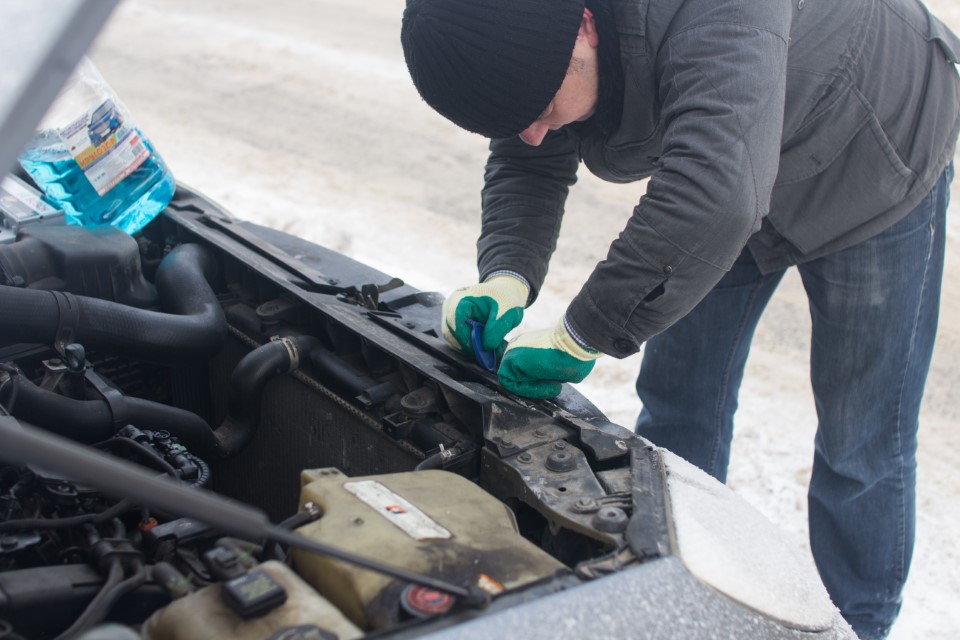One of the causes of car travel delays is the winter season because the thick layer of snow in the road obstructs you from driving, and the cold temperature makes your travel uncomfortable. That is why having a reliable diesel heater installed in your car is a must, as it ensures that your travel plans will not be postponed despite the cold weather.
If you want to get your vehicle a diesel heater, remember that you must be critical in choosing the best suitable heater for you. There are many different types of diesel heaters available in the market today, and determining the quality of these goods can be difficult.
Apart from that, it would help if you were also cautious when installing your diesel heater. Some highly skilled experts can help you install your heater, but it is best to understand its installation process to ensure safety.

With that, here are a few diesel heater installation precautions that you must keep in mind.
You cannot use a diesel heater in an enclosed space
You place the combustion exhaust pipe outside the apartment during the heater installation. This prevents exhaust fumes from entering the room. Carbon monoxide is highly hazardous. It is even more lethal in enclosed areas such as caravans and vehicle compartments.
Proper ventilation is required to avoid the buildup of harmful gases in these enclosed environments. When utilizing a diesel heater, make sure to provide a gap for the window. Installing carbon monoxide detectors in the room is another option. When using an air heater in a restricted place, this will help to ensure your safety.
Ensure that the motor is not ceased
Depending on the heater’s structure, jostling may occur during shipment, and the heater core may shift. As a result, it prevents the impeller from rotating. Turn the heater impeller after packaging it to ensure it can rotate freely. Turn the impeller again after installation to confirm that it is not stopped. If it is ceased, the four screws at the bottom of the heater are put under too much strain when they are tightened to the central unit. This may cause the heater housing to shift out of position.
Expect a high-temperature alarm after installation
The heater is equipped with numerous sensors. The most important of which is the temperature sensor. The temperature sensor is located on the radiator’s top. The heater’s combustion is measured as it operates. Allow a space of at least 20 cm (8 inches) between the heater and the wall while installing it. This spacing allows enough air to enter the radiator. The heater may activate the high-temperature warning if the distance is too short.
Various unusual fault codes for the heater
After installing the heater and turning it on may display unique error codes due to interfacing the heater with other vehicle appliances. This could cause the heater to malfunction. These issue codes may be lacking solutions in the troubleshooting list.
Make that the heater cable is the same length on both the positive and negative terminals. Connect the power cable to the battery’s positive and negative terminals. The same is true for generators. You cannot connect the heater’s firewire to the positive terminal when the negative terminal is connected to the car housing. Tying up the extra cable at random may generate electromagnetic interference in the heater, leading to more problems.
After the heater installation and the heater start-up, there is an indicator that the heater does not fire well enough.
This error is typically caused by air in the fuel line, resulting in an insufficient fuel supply. This, in turn, can cause the heater to fail to fire correctly. Unplug the fuel line from the pump to the heater after installing the heater. After that, turn on the heater to allow gasoline to flow from the pump and fill the fuel line without any air inside. After that, reconnect the fuel line to the heater. If your tank is running low on fuel, you will need to do this when you refill it to get rid of any surplus air.
To learn more about installation precautions and how to monitor diesel performance, visit Pure Diesel Power at www.puredieselpower.com/.
Read More: DIESEL ENGINE MAINTENANCE: HOW TO GET THE MOST OUT OF YOUR TRUCK
